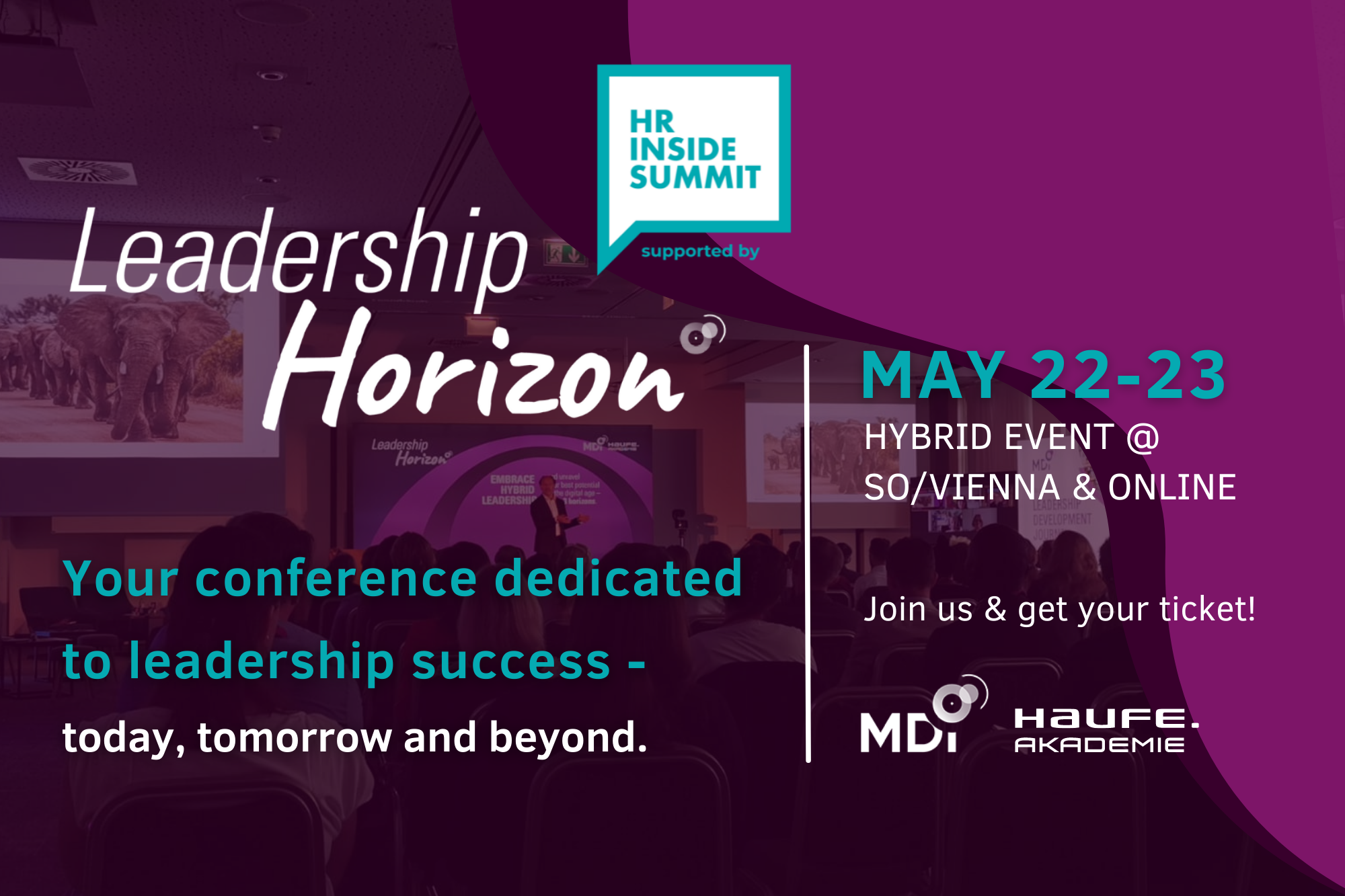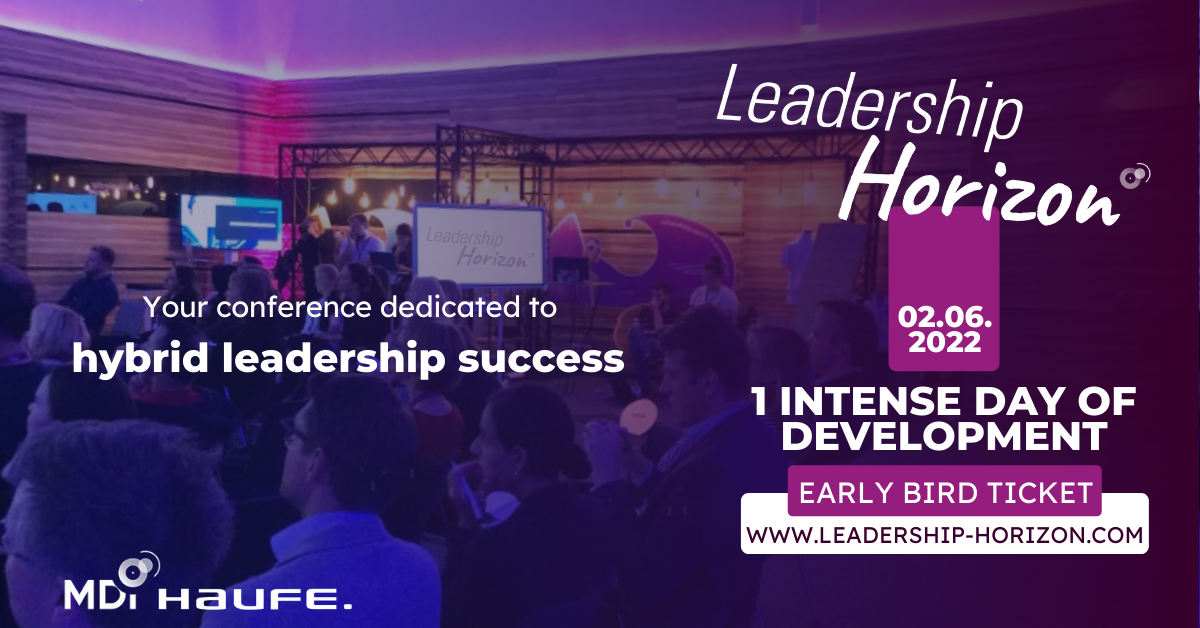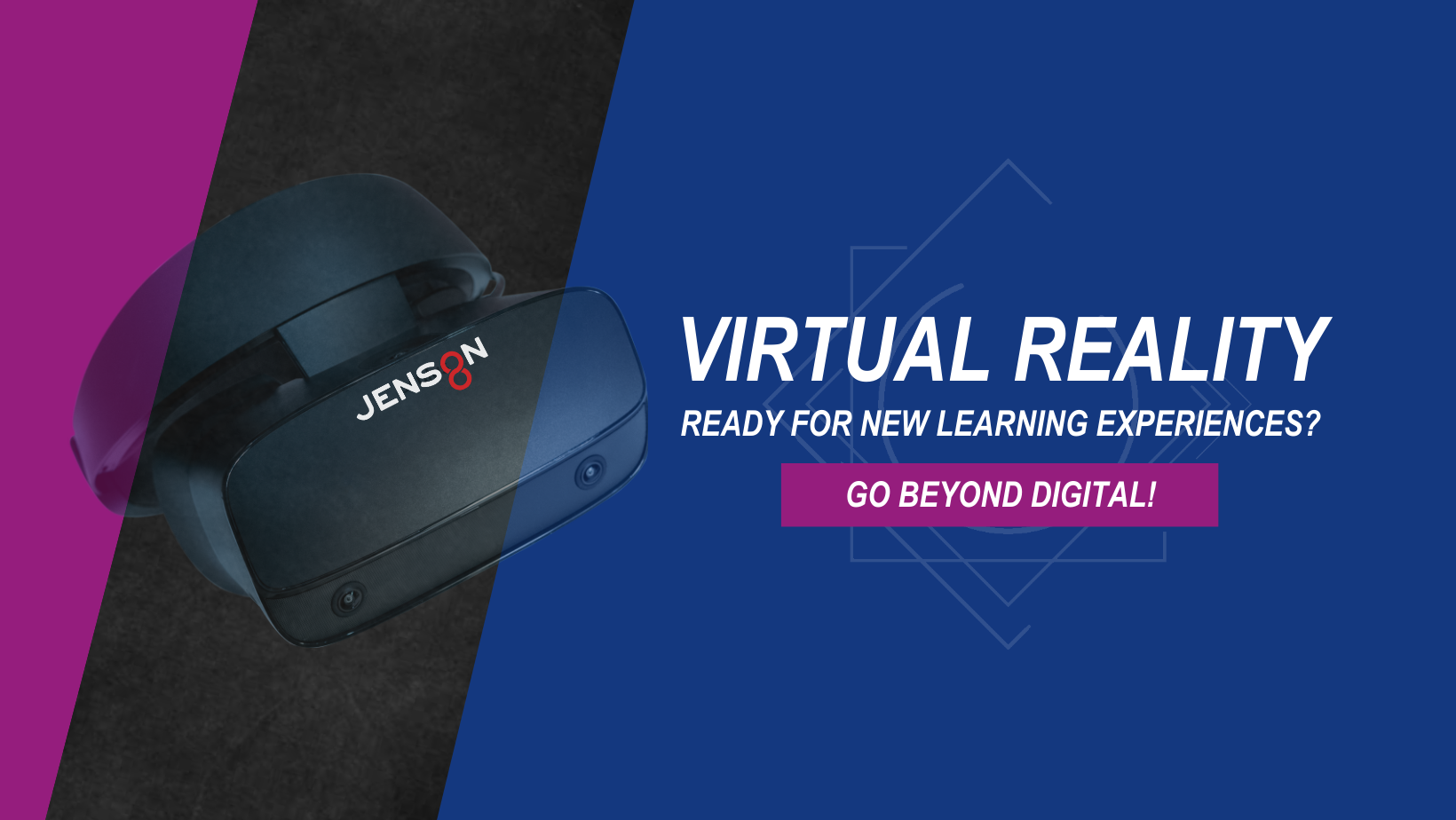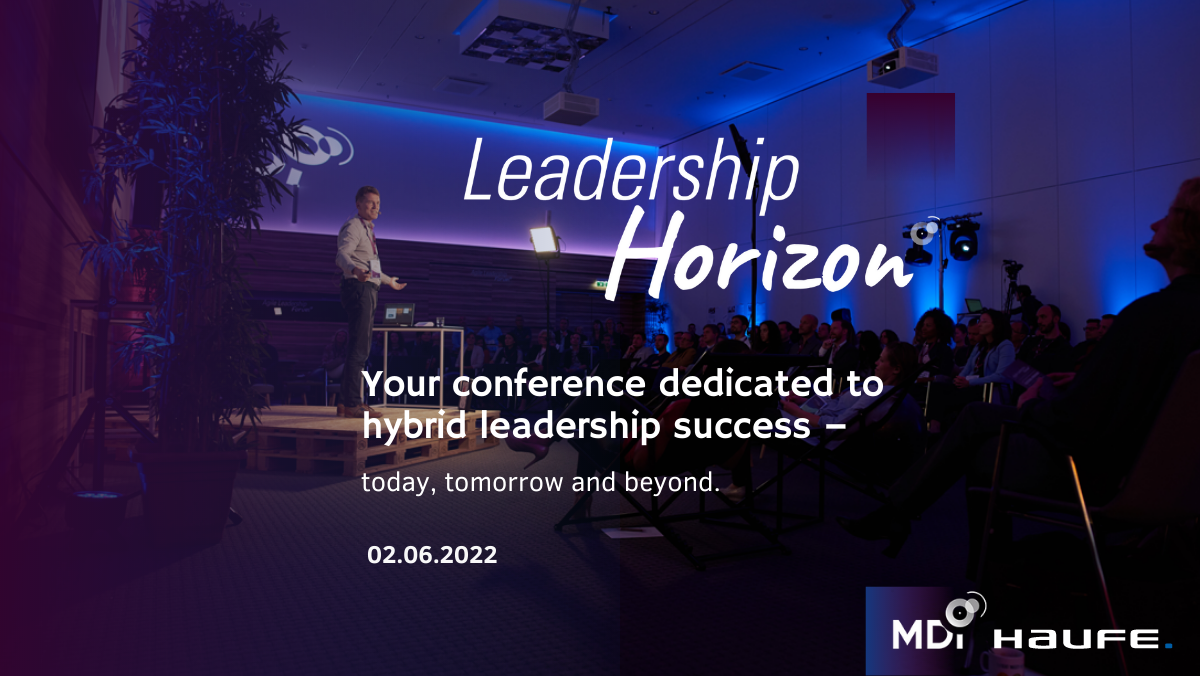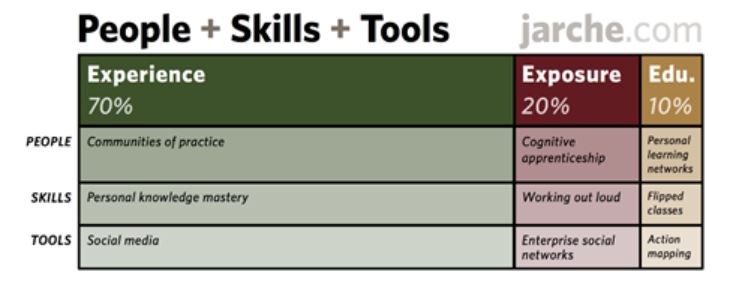What opportunities and possibilities does VR offer?
Anita Berger: VR offers the opportunity to engage with a broad range of content topics in an experiential way from different perspectives in iterative loops.
Different perspectives: Currently at MDI we work with 3 roles:
- the space travelers
- the guides/coaches
- the observers.
All have the opportunity to immerse themselves in all roles.
The space travelers are the players who, if you use the soccer analogy, are supposed to be on the field scoring the goals. The space mission is about saving others.
The guides/coaches have the opportunity to help the space travelers accomplish the mission. They are the coaches on the sidelines who do not play themselves, but are instrumental in the success of the mission by recognizing and responding to what the spacewalkers need.
Observers are tasked with watching what is happening on the field and on the sidelines, and sharing it in debriefings. One can also use the role of observers for assessment or development settings.
After each mission, participants switch roles and therefore gather lessons learned from the different perspectives.
Iterative Loops:
As in real life, there are many uncertainties, knowledge, and information that must first be acquired. Participants experience certain phases as exciting, fascinating, frustrating or chaotic.
After each round, what is experienced is reflected upon, processed and placed in the respective context of the content. The mission is started repeatedly until it succeeds. Therefore, the knowledge gained from the previous mission can be implemented right away.
Content topics:
The Apollo mission makes it possible to work on various topics and sets of questions.
For example, if the content context refers to “Overcoming Disruption” the different phases of
- “Fail Fast”
- Learning Together”
- “Performing together”
in the different missions can be experienced by the participants.
Reflection phase:
In addition, a content-related discussion can take place, for example on topics such as:
- Dealing with and coping with uncertainty, complexity and (over-)demanding situations.
- Performance as a (virtual) team
- Leading (virtual) teams to performance, through communication, collaboration, inclusion
- situationally adapted leadership
- Strengthening (self-)confidence and resilience
- taking and transferring responsibility
The novel setting offers attractive and exciting development opportunities for leaders at all seniority levels up to top executives and for entire teams.






